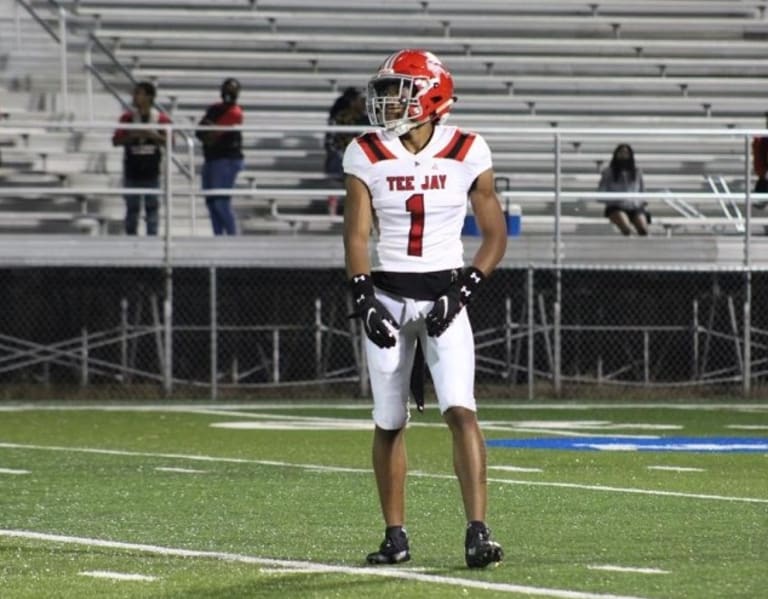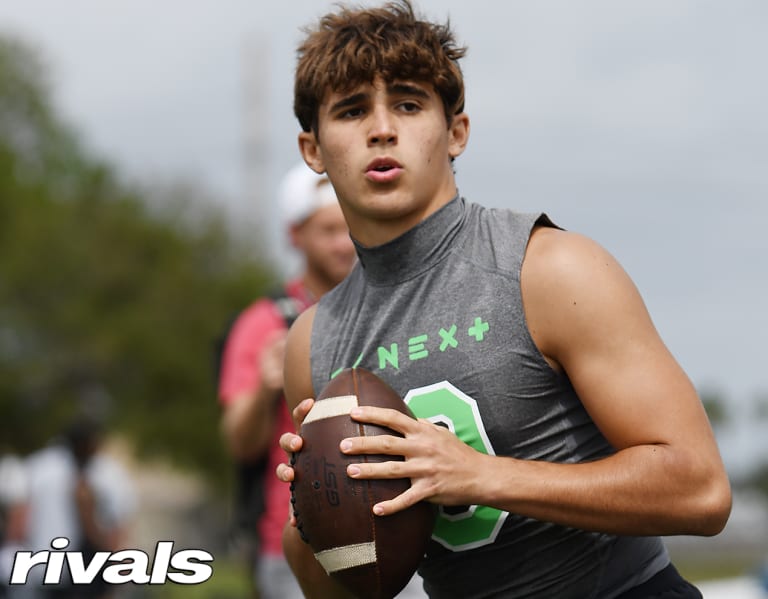So the overall record since 1990 (32 games) is UM 17 wins and MSU 15 wins
In another thread a poster noted UM usually only beats MSU when we are having a mediocre year - so I looked into those numbers and here is what I found:
* - When MSU has eight or more wins in a season since 1990 - MSU's Record against UM is 10 - 1
* - When MSU has seven or fewer wins in a season since 1990 - MSU's Record against UM is 5 - 16
* - When Both MSU and UM have more than eight wins in a season since 1990 - MSU's Record against UM is 6 - 1
Conversely for UM:
* - When UM has eight or more wins in a season since 1990 - UM's Record against MSU is 16 - 9
* - When UM has seven or fewer wins in a season since 1990 - UM's Record against MSU is 1 - 6
* - When Both UM and MSU have more than eight wins in a season since 1990 - UM's Record against MSU is 1 - 6
Here is the year by year data:
_______________________________________________________________________________________________________________________________________________________________________________________________________________________________________________________
WHEN BOTH WIN EIGHT OR MORE GAMES IN A YEAR
_______________________________________________________________________________________________________________________________________________________________________________________________________________________________________________________
| MSU | | | | U of M | | |
| Year | W | L | Winner of MSU - UM | Year | Wins | Losses |
| 2021 | 11 | 2 | MSU | 2021 | 12 | 2 |
| 2017 | 10 | 3 | MSU | 2017 | 8 | 5 |
| 2015 | 12 | 2 | MSU | 2015 | 10 | 3 |
| 2011 | 11 | 3 | MSU | 2011 | 11 | 2 |
| 2003 | 8 | 5 | UM | 2003 | 10 | 3 |
| 1999 | 10 | 2 | MSU | 1999 | 10 | 2 |
| 1990 | 8 | 3 | MSU | 1990 | 9 | 3 |
_______________________________________________________________________________________________________________________________________________________________________________________________________________________________________________________
ANNUAL DATA GOING BACK TO 1990
_______________________________________________________________________________________________________________________________________________________________________________________________________________________________________________________
| MSU | | | | U of M | | |
| Year | W | L | Winner of MSU - UM | Year | Wins | Losses |
| 2022 | 3 | 4 | ??? | 2022 | 7 | 0 |
| 2021 | 11 | 2 | MSU | 2021 | 12 | 2 |
| 2020 | 2 | 5 | MSU | 2020 | 2 | 4 |
| 2019 | 7 | 6 | UM | 2019 | 9 | 4 |
| 2018 | 7 | 6 | UM | 2018 | 10 | 3 |
| 2017 | 10 | 3 | MSU | 2017 | 8 | 5 |
| 2016 | 3 | 9 | UM | 2016 | 10 | 3 |
| 2015 | 12 | 2 | MSU | 2015 | 10 | 3 |
| 2014 | 11 | 2 | MSU | 2014 | 5 | 7 |
| 2013 | 13 | 1 | MSU | 2013 | 7 | 6 |
| 2012 | 7 | 6 | UM | 2012 | 8 | 5 |
| 2011 | 11 | 3 | MSU | 2011 | 11 | 2 |
| 2010 | 11 | 2 | MSU | 2010 | 7 | 6 |
| 2009 | 6 | 7 | MSU | 2009 | 5 | 7 |
| 2008 | 9 | 4 | MSU | 2008 | 3 | 9 |
| 2007 | 7 | 6 | UM | 2007 | 9 | 4 |
| 2006 | 4 | 8 | UM | 2006 | 11 | 2 |
| 2005 | 5 | 6 | UM | 2005 | 7 | 5 |
| 2004 | 5 | 7 | UM | 2004 | 9 | 3 |
| 2003 | 8 | 5 | UM | 2003 | 10 | 3 |
| 2002 | 4 | 8 | UM | 2002 | 10 | 3 |
| 2001 | 7 | 5 | MSU | 2001 | 8 | 4 |
| 2000 | 5 | 6 | UM | 2000 | 9 | 3 |
| 1999 | 10 | 2 | MSU | 1999 | 10 | 2 |
| 1998 | 6 | 6 | UM | 1998 | 10 | 3 |
| 1997 | 7 | 5 | UM | 1997 | 12 | 0 |
| 1996 | 6 | 6 | UM | 1996 | 8 | 4 |
| 1995 | 6 | 5 | MSU | 1995 | 9 | 4 |
| 1994 | 5 | 6 | UM | 1994 | 8 | 4 |
| 1993 | 6 | 6 | MSU | 1993 | 8 | 4 |
| 1992 | 5 | 6 | UM | 1992 | 9 | 0 |
| 1991 | 3 | 8 | UM | 1991 | 10 | 2 |
| 1990 | 8 | 3 | MSU | 1990 | 9 | 3 |





